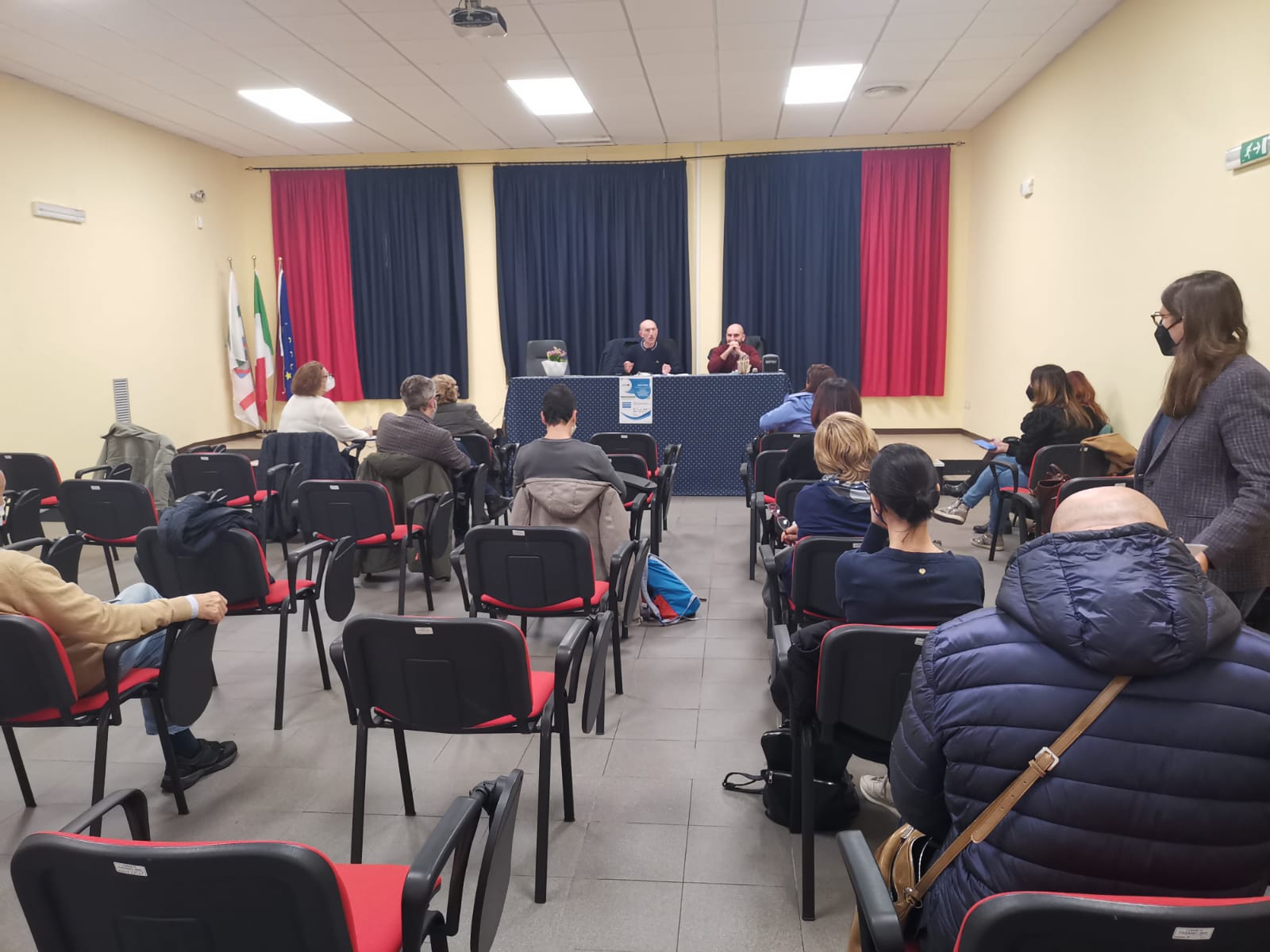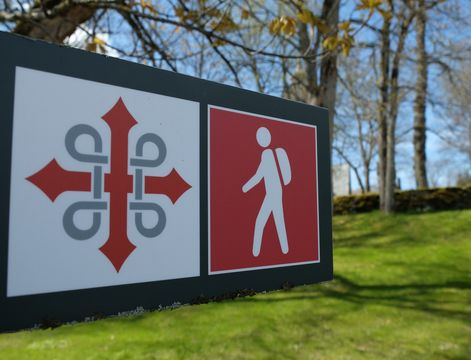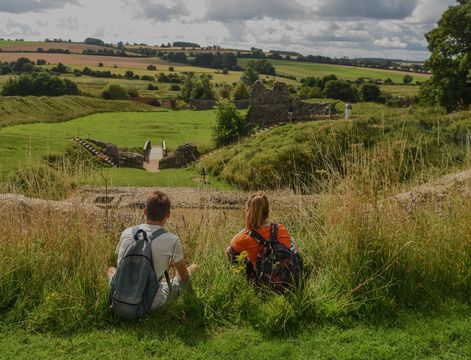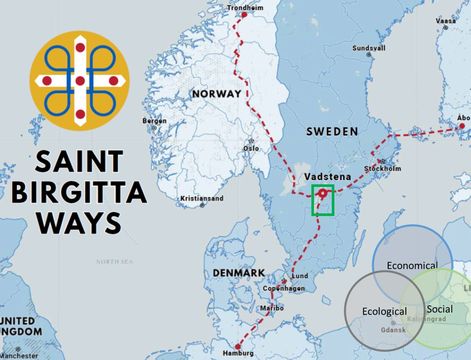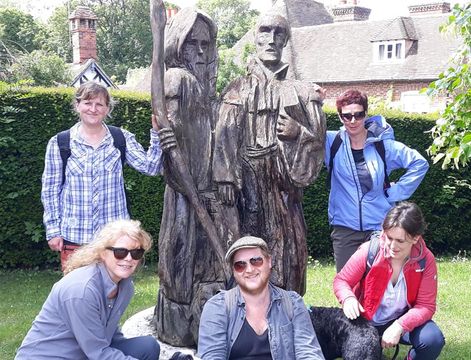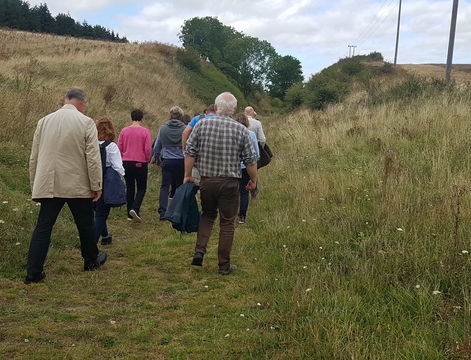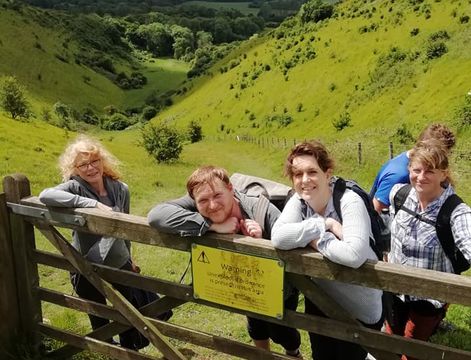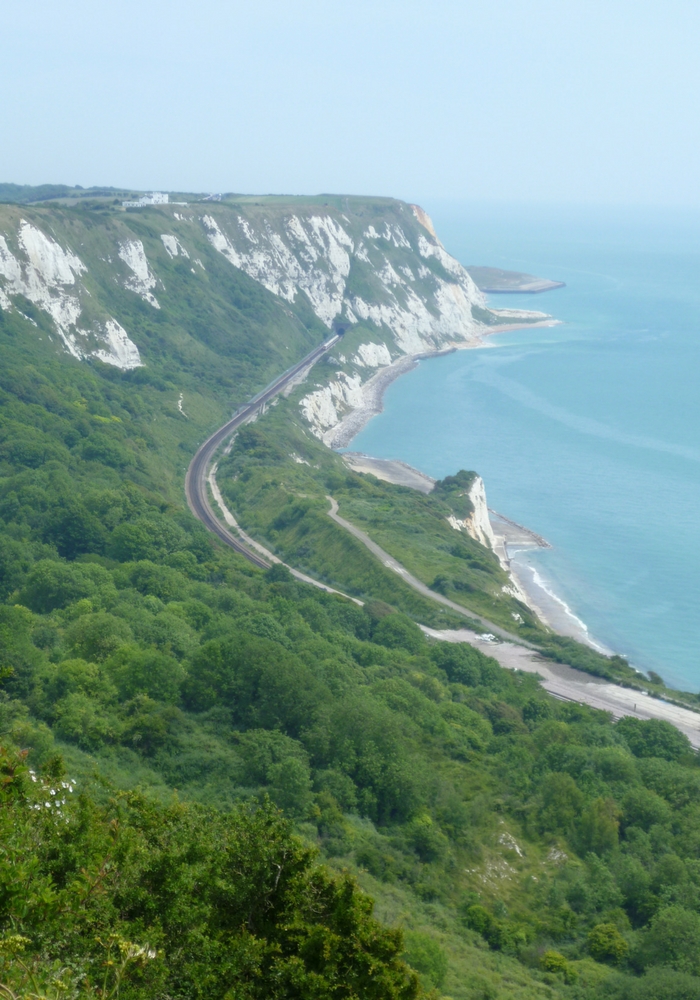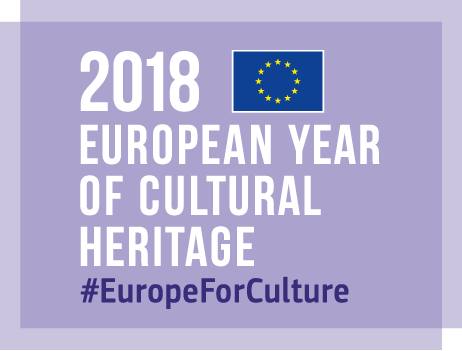“Green Pilgrimage sustainability report – the Vadstena Case”
“This report is produced as part of the Interreg Green Pilgrimage project involving partners from Norway, Sweden, Italy, Romania and UK. The project is concerned with the potential of pilgrimage as a growing form of low impact tourism to protect natural and cultural assets.
The report presents findings from and suggestions for the Vadstena case, Birgitta Ways. Vadstena is one of the major places to visit for pilgrims in Sweden, where the Vadstena Pilgrim Centre is a typical meeting place for people on their way. With the potential increase of pilgrims along the pilgrim routes there is an increasing need for sustainable solutions on food, lodging and services along the trail. The Green Pilgrimage project has been working on the trails, digital map and digital information for pilgrims (the coming Pilgrim’s Welcome concept), the signage and also to include stakeholders along the trail to be part of a sustainable offer for Pilgrims. The main destination for pilgrims in this region is Vadstena, and the Pilgrim trails leading to Vadstena are called the Birgitta Ways. The Birgitta Way in focus for Green Pilgrimage and for this study is the one coming from the south – from Ödeshög to Vadstena.
The aim of this report is to describe the challenges of managing a sustainable destination with a focus of Pilgrims. It is an attempt to describe the destination as it is today, a suggestion of how the destination would like to be and how to get there. Most of findings from the Vadstena case can be applied to the other partner’s destinations, but some are just for the Swedish case.
There are a number of findings described here. The most important findings and corresponding proposed actions are:
1) Better understanding of the number of visitors and the visitor flow. Without knowing how many visitors we have today, it is hard to decide how to handle them sustainably. Getting visitor data is a crucial thing, which is the same challenge for all destinations, especially the ones outside main cities.
2) Create or decide upon a Destination Management Organisation for the Birgitta Ways, where the existing organisations are not working with sustainable destination in a structured way
3) Along the Birgitta Ways there are sections where there are too few visitors today and places where the number of visitors during peak season cannot grow without actions. Actions both to get more visitors (Pilgrims) and to spread out existing visitors (Pilgrims) geographically and in time are found in this report.
4) There are very few products, services and packages for Pilgrims available and possible to book today. There is a big need and opportunity here, for all kind of products (accommodation, food, shopping, services, guiding, …)
Nothing in this report is yet decided to be implemented. The suggestions and recommendations in the end are priorities proposed by the author after with input from the stakeholders and the main organisations responsible for the project – Region Östergötland, Vadstena Pilgrim Centre and Vadstena municipality.




